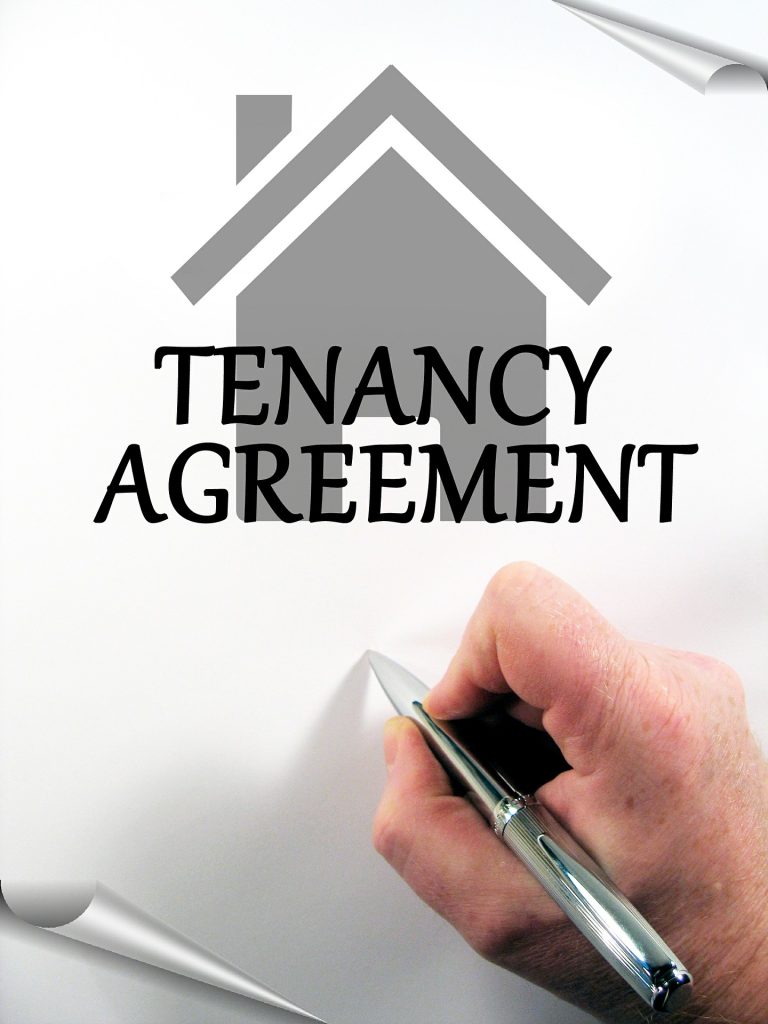Understanding Triple Net Leases in Commercial Real Estate

Introduction
Triple net leases, or N leases, are common lease structures in commercial real estate. In this type of lease agreement, the tenant is responsible for paying property taxes, insurance premiums, and maintenance costs in addition to the base rent. This article will provide an in-depth look at triple net leases, their advantages and disadvantages, and how they compare to other commercial leases.
What is a Triple Net Lease?

A triple net lease is a lease agreement where the tenant pays the base rent, property taxes, building insurance, and maintenance costs associated with the leased property. This means that the landlord is not responsible for any of the operating expenses related to the property, making it a hands-off investment for the property owner.
Advantages of Triple Net Leases for Landlords

Triple net leases offer several benefits for landlords, including:
Steady Income
With a triple-net lease, landlords receive a steady rental income without the responsibility of paying for property taxes, insurance, or maintenance costs. This can provide a more predictable cash flow for the property owner.
Lower Management Costs
Since the tenant is responsible for maintaining the property and paying associated expenses, landlords have fewer management responsibilities and costs.

Longer Lease Terms
Triple net leases often have longer terms than other commercial lease structures, providing landlords with a more stable tenant and consistent rental income.
Related Terms: triple net lease nnn, property insurance, commercial real estate leases, nnn lease, real estate taxes, pay property taxes, property expenses, lease agreements, commercial real estate lease
Advantages of Triple Net Leases for Tenants

While triple net leases may seem more advantageous for landlords, they can also benefit tenants in several ways:
More Control Over the Property
In a triple-net lease, tenants have more control over the property, as they are responsible for maintaining and managing the space. This allows tenants to make decisions that best suit their business needs.
Lower Base Rent
In exchange for taking on more responsibility, tenants often pay a lower base rent compared to other lease structures.

Potential Tax Benefits
Tenants may be able to deduct expenses related to property taxes, insurance, and maintenance costs from their taxable income.
Disadvantages of Triple Net Leases for Landlords
While triple net leases offer many benefits for landlords, there are also some potential drawbacks:
Dependence on Tenant’s Financial Stability
In a triple-net lease, landlords rely on the tenant’s ability to pay rent and all associated expenses. The landlord may face financial risks if the tenant defaults or goes out of business.
Limited Control Over the Property with Triple Net Leases
Since tenants are responsible for maintaining the property, landlords have less control over how the property is managed and maintained.
Disadvantages of Triple Net Leases for Tenants
Tenants should also be aware of the potential disadvantages of triple net leases:
Higher Overall Costs for Tenant
While the base rent may be lower in a triple net lease, tenants are responsible for paying additional expenses, which can result in a higher overall cost compared to other lease structures.
Responsibility for Maintenance and Repairs for Tenants
In a triple net lease, tenants are responsible for all maintenance and repair costs, which can be a significant financial burden, especially for older properties or those with high maintenance needs.
Variations of Triple Net Leases

There are several variations of triple net leases that offer different levels of responsibility for landlords and tenants:
Absolute Net Lease
In an absolute net lease, the tenant is responsible for all property costs, including roof and structure repairs.
Double Net Lease
In a double net lease (NN), the tenant pays the base rent, property taxes, and insurance premiums, while the landlord is responsible for maintenance costs.
Single Net Lease
In a single net lease (N), the tenant pays the base rent and property taxes, while the landlord covers insurance and maintenance costs.
Comparing Triple Net Leases to Other Commercial Leases

To better understand triple net leases, it’s helpful to compare them to other common commercial lease structures:
Gross Lease
In a gross lease, the tenant pays a flat rental rate that includes all operating expenses, and the landlord is responsible for paying property taxes, insurance, and maintenance costs.
Modified Gross Lease
A modified gross lease is similar to a gross lease, but the tenant may be responsible for some operating expenses, such as utilities or janitorial services.
Full-Service Lease
A full-service lease, also known as a full-service gross lease, is similar to a gross lease. Still, the landlord provides additional services such as utilities, janitorial services, and property management.
Negotiating a Triple Net Lease
When negotiating a triple net lease, both landlords and tenants should consider the following factors:
Lease Term
The length of the lease term can impact both parties’ overall costs and risks. Longer lease terms may provide more stability and increase the tenant’s financial obligations.
Rent Escalations
Triple net leases may include rent escalation clauses that allow for periodic increases in the base rent. Tenants should carefully review and negotiate these clauses to ensure they are fair and manageable.
Maintenance and Repair Responsibilities
The lease agreement should clearly outline the tenant’s responsibilities for maintenance and repairs, including any restrictions or requirements for vendor selection and quality standards.
Due Diligence for Triple Net Lease Investments
Investors considering a triple net lease investment should conduct thorough due diligence to evaluate the potential risks and returns:
Tenant Creditworthiness
Assess the financial stability and creditworthiness of the tenant to ensure they can meet their lease obligations.
Property Condition
Evaluate the condition of the property and any potential maintenance or repair needs that could impact the investment’s profitability.
Market Analysis for Triple Net Lease Agreements
Conduct a market analysis to assess the property’s location, economic trends, and competition in the area.
Triple net leases offer unique advantages and disadvantages for landlords and tenants in commercial real estate. By understanding the responsibilities and risks of this lease structure, both parties can make informed decisions and negotiate terms that best suit their needs. Investors considering triple net lease investments should conduct thorough due diligence to evaluate the potential risks and returns of the property.
Triple Net Lease (NNN): A lease agreement where the tenant pays base rent, property taxes, insurance, and maintenance costs. Example: A retail store leases space for $5,000 per month and is responsible for paying property taxes, insurance premiums, and all maintenance expenses.
A Gross Lease is a lease agreement in which the tenant pays a flat rental rate that includes all operating expenses. For example, an office tenant pays $10,000 monthly rent, which covers all operating costs, including property taxes, insurance, and maintenance.
A Modified Gross Lease is a lease agreement that is similar to a gross lease, but the tenant is responsible for some operating expenses. For example, a restaurant pays $8,000 per month in base rent and is also responsible for paying its own utility bills and janitorial services.
An Absolute Net Lease is a lease agreement where the tenant is responsible for all costs associated with the property, including roof and structure repairs. Example: A large corporation leases a warehouse for $20,000 monthly and is responsible for all expenses, including major structural repairs and replacements.
A Rent Escalation Clause is a provision in a lease agreement that allows for periodic increases in the base rent. Example: A lease agreement includes a clause that increases the rent by 2% annually for the 5-year lease term.
Tenant Improvements Modifications or customizations made to a leased space by the tenant.
Example: A tech startup leases an office space and invests $100,000 in tenant improvements, including custom workstations and a modern kitchen area.
Lease Term The length of time a tenant agrees to lease a property.
Example: A small business signs a 3-year lease agreement for a retail space in a shopping center.
Property Condition Assessment is an evaluation of a property’s physical condition, including any potential maintenance or repair needs.
Example: Before purchasing a triple net lease investment, an investor orders a property condition assessment to identify major repair or replacement needs.
Tenant Creditworthiness: An assessment of a tenant’s financial stability and ability to meet lease obligations. Example: A landlord requests financial statements and credit reports from a prospective tenant to ensure they have a strong credit history and sufficient income to cover the lease payments.
Market Analysis: An evaluation of a property’s location, economic trends, and competition in the area. Example: An investor conducts a market analysis to determine the demand for retail space in a specific neighborhood before purchasing a triple-net lease property.













